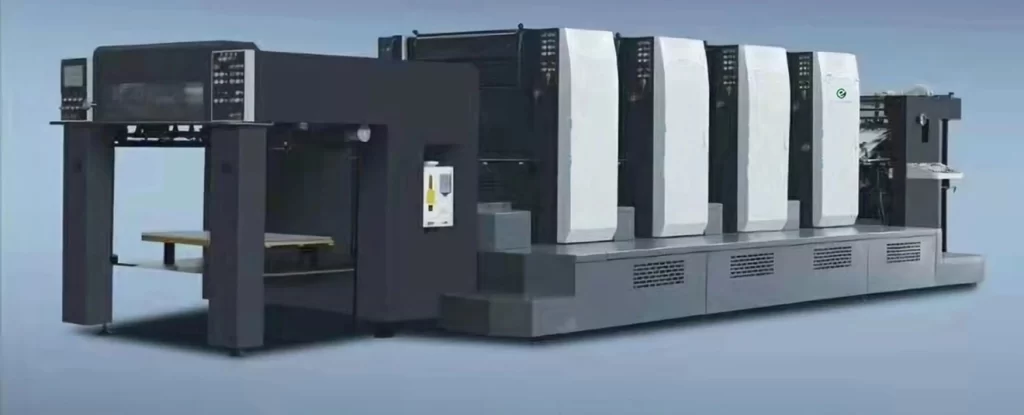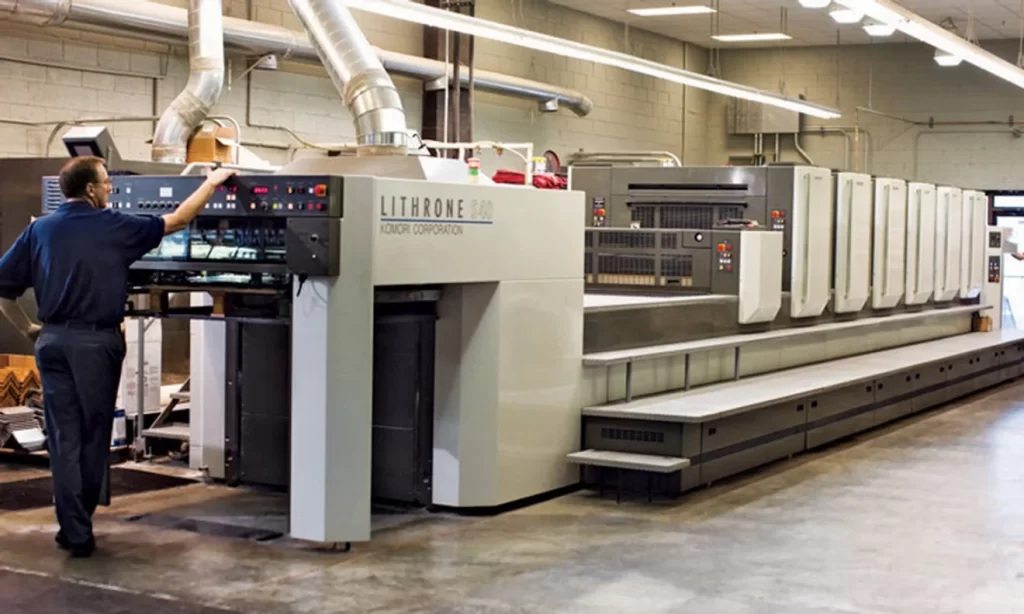Sheet Fed Printing [Process and Benefits 2025]
In modern printing technology efficiency is no longer an option but a necessity. That’s why sheet fed printing emerged as an efficient method to produce high-quality prints.
Many people ignore their printing project and can’t imagine how it can be printed by this method. They simply expect it to be in finished form.
You’ll be surprised to know how offset printing blankets do the magic in the process and affect the final result of your project. For this reason, it’s important to have a clear knowledge of different printing techniques available for you in the market.
Here at the top comes the sheet fed printing method that delivers professional quality prints every day. Let’s delve into what it is, how it is processed, its benefits, and when to use it.
Table of Contents
What is Sheet Fed Printing?
Sheet fed printing is a high-quality printing process of lithography. The paper is fed into the printing machine; one sheet at a time and then printed on both sides simultaneously.
In other words, you’re “feeding” the machine with paper. It’s best suited for small and medium-sized DTF printing businesses, such as business cards, letterhead, brochures, flyers, and business forms.
How Sheet Fed Printing Processes?
It uses various types of printing techniques to print on individual sheets of paper. The most common is the use of lithographic press. This press works a series of rollers to transfer ink from a printing plate to the paper.
The printing plate is made of a water-resistant but ink-receptive material. Ink attaches itself to the plate in places where the image should be printed while water removes the ink from the plates where the image can’t appear.
The paper is first fed into the press and dampened with water. The ink rollers then transfer the ink onto the printing plate. Four different inks (cyan, magenta, yellow, and black) are used to create a full spectrum of colors.
The ink sticks to the inked portion of the plate and does not adhere to the wet portions. The paper is then passed under a pressure roller which applies pressure on the paper against the plate to transfer the ink to the paper.
Once the ink is printed on the paper it has to go through the last step of drying. Some of the drying methods used in this printing include headset, offset, and UV drying.

Benefits of Sheet Fed Printing
Sheet fed printing gives you more benefit options with the finest results. Some include:
Specialty Finishes
In sheet-fed printing, you will get specialty finishes on your final products that add flair. Some of the popular finishes are the glossy, matte, or even the dull type; these are very useful in making your piece to be noticeable.
To enhance an even higher-gloss finish, you can also use aqueous soft touch types of materials. There is also a UV finish; you can select both the spot and overall gloss, dull, textured, matte, and glitter finish
Fast Printing Speed
A sheet-fed printing press is very efficient in producing many copies of one piece since it can print very fast. You can print 4,000 to 18,000 sheets per hour.
The efficiency of the press also helps lower the amount of money required to print the documents, when printing numerous documents. Sheet-fed printing machines can also handle all kinds of products, from printing on cardboard boxes to large-size calendars and everything in between.
Automated Process
It can be described as a fully automated process since sheet-fed printing’s name might sound like it is done by hand. This kind of printing will require a machine that feeds the sheets automatically; this also means the product can be larger or smaller than the other.
Small feet within the machine will pick up the paper and pass it to the press section of the machine. This continues as Rollers move on until the grip pieces get a hold of the paper. This fully automated process increases efficiency and at the same time also reduces the cost. Moreover, there is no limit to the size of the paper you want to print and you can choose up to a paper size of 120 by 160 inches.
Limitations of Sheet-Fed Printing
Sheet-fed printing offers excellent quality and versatility but comes with some limitations. Here are some key drawbacks to consider:
- Compared to web printing, which uses continuous rolls of paper, sheet-fed printing is slower.
- Due to slower speed, and additional setup time, it can be more expensive for large print runs.
- It takes more setup time in the beginning. Each sheet needs to be individually fed, printed, and ejected, leading to a longer overall printing time.

When to Use Sheet Fed Printing?
It is best suited for small and medium-sized print jobs. Some printers don’t offer web printing options until you request bulk-printed pieces. It leaves a high-quality finish on a wide range of paper. Some examples of projects that are well-suited for this printing include:
- Business cards
- Letterhead
- Envelopes
- Brochures
- Flyers
- Posters
- Booklets
- Magazines
- Catalogs
- Packaging
- Labels
- Greeting cards
- Invitations
- Announcements
The Bottom Line
Sheet fed printing is a high-quality, versatile, and flexible printing process; well-suited for different print jobs. If your printing project calls for quality prints on various paper thicknesses and sizes, then it’s the best option to consider.
By understanding the process and the benefits of this printing technique you can make a wise decision for your printing needs. So, the next time you want high-quality printed items, consider the power of sheet-fed printing – it might just be the key to bringing your vision to life in all its stunning detail.
